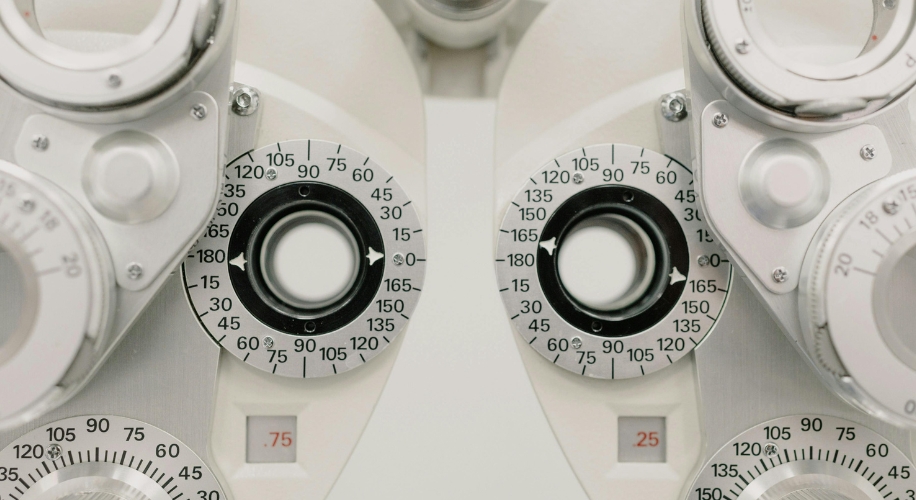Grasping the Concept of ‘Cyl’ in Optometry

Photo by Ksenia Chernaya
Embarking on the journey of understanding eye prescriptions can feel like navigating a maze, especially with all the fancy terms involved. But fear not! Let’s shed some light on one important term: ‘Cyl,’ short for ‘Cylinder.’ This little term holds the key to tackling astigmatism, a common eye issue causing blurry or distorted vision. At Zenni, we’re all about making things clear and comfy for you. So, let’s take a simple dive into what “Cyl” means and why it’s important for your glasses prescription.
Understanding ‘Cyl’
In your prescription, ‘Cyl’ tells us how much lens power you need to fix any astigmatism you might have. Astigmatism is a common refractive error characterized by an irregular curvature of the eye’s cornea or lens, resulting in distorted or blurred vision at various distances. So, when your prescription mentions ‘Cyl,’ it’s like a little flag saying, “Hey, I need special lenses to see clearly!” At Zenni, we get it. That’s why we make sure our lenses are just right to give you the sharpest vision possible.
Decoding Your Prescription
Your prescription might look like a jumble of numbers and letters, but let’s break it down into plain language:
- SPH (Sphere): This number tells us how strong your lenses need to be for nearsightedness or farsightedness. If it’s a minus sign (-), you’re nearsighted; if it’s a plus sign (+), you’re farsighted.
- CYL (Cylinder): This one’s about astigmatism. If you see a number here, it means you’ve got some astigmatism going on. No number? No astigmatism.
- Axis: This just tells us the direction of your astigmatism, like a compass for your eye shape.
- ADD (Addition): This is the added magnifying power applied to the bottom part of multifocal lenses, improving close-up vision. It’s primarily used for conditions like presbyopia.
- PD (Pupillary Distance): The distance between your pupils is crucial for aligning the lenses correctly with your eyes.
Interpreting Prism and Base
If you require prism correction for your vision, your prescription will include values for Prism and Base. Prisms are used in glasses to help correct visual displacement issues, aligning the two images into one and easing eye strain. The ‘Base’ refers to the thickest part of the prism, which can be in any direction – up, down, in, or out.
Finding the Right Glasses
Now that you know what your ‘Cyl’ means and understand your astigmatism level, let’s find the perfect glasses to fix it! At Zenni, we’ve got a ton of glasses and sunglasses designed to tackle astigmatism, no matter what your ‘Cyl’ number is. Here are some factors to consider when selecting frames:
- Prioritize Optimal Fit: Ensuring that the frames snugly fit and stay in place is vital, as proper alignment plays a crucial role in astigmatic correction.
- Consider Face Shape: Choose frames that complement your facial contours, accentuating your features and creating a harmonious aesthetic.
- Evaluate Comfort and Longevity: Opt for lightweight frames that offer comfort during prolonged wear. Features such as adjustable nose pads can enhance stability and provide a personalized fit for added convenience.

Navigating the complexities of eye prescriptions may initially seem daunting, but armed with a clearer understanding of terms like ‘Cyl’ and the significance they hold in addressing conditions like astigmatism, the journey becomes far more manageable. At Zenni, our commitment to clarity and comfort ensures that every step of this journey is accompanied by the assurance of optimal vision correction. With a diverse range of frames tailored to suit various preferences and needs, we strive to empower individuals to not only decode their prescriptions but also find the perfect eyewear solution. Let Zenni be your trusted guide towards a clearer, more vibrant world of vision.






 Canada
Canada